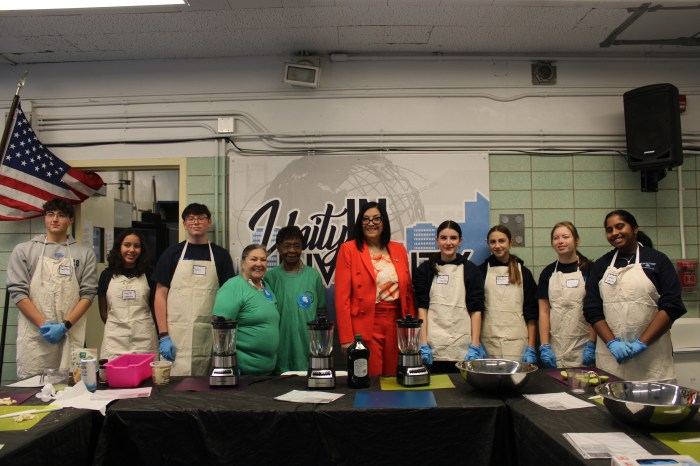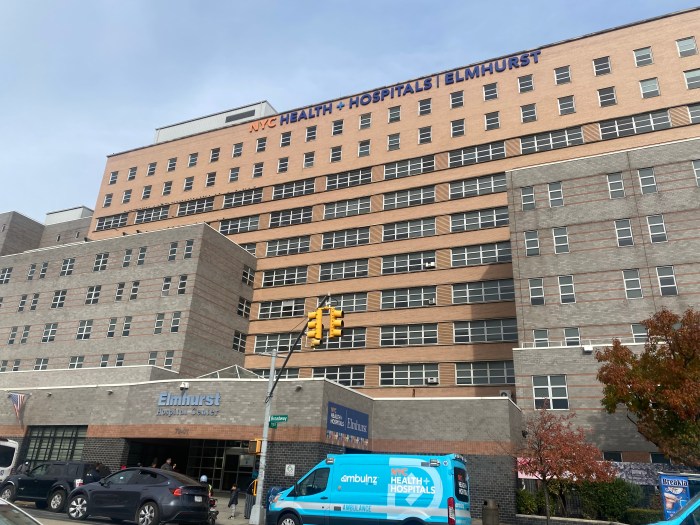Spas add extra comfort to homes, providing families with medical benefits and the opportunity to escape the outside hustle-and-bustle and relax in the soothing warm water. But, with home spas come many risks that can lead to serious injury or even death. In fact, according to the U.S. Consumer Products Safety Commission (CPSC), since 1990, spas and hot tubs have accounted for more than 800 deaths nationwide. To raise awareness of these risks, the Home Safety Council (HSC) and Viking Spas are urging families to follow spa safety practices to avoid common injuries including drowning, hair entanglement, body entrapment, or illness or scald burns due to high water temperature.
Drowning is a leading cause of injury and death in spas, yet according to a HSC survey, only six percent of respondents have taken any actions to prevent drowning at home. Home spa safety begins with a family conversation, setting rules for the spa — both while it is in use and when it is not. To prevent drowning, hair entanglements and body part entrapments, install anti-entrapment drain covers, tie-up long hair and avoid getting too close to the drain.
“People of all ages are vulnerable to injuries around the spa, especially from drowning and falls,” said Meri-K Appy, president of the Home Safety Council. “It is critical that all spa users are aware of the safety risks of using a spa including hair entanglement and body entrapment. Taking the necessary steps to avoid these dangers, like making a rule to never use the spa alone, will help keep safety top of mind.”
An anti-entrapment drain cover helps protect against hair entanglement and body part entrapments. Prevent entrapment by making sure spa drains have a dome-shaped outlet and two outlets for each pump, which will help reduce suction if one drain is blocked. Make sure all spa users know where the emergency cut off switch is. Each year, spa owners should hire a professional to make sure their spa is in safe working condition.
“In addition to discussing spa safety, families should equip their spa with protective devices that will help protect against common spa injuries,” said Tom Kneeshaw, director of sales and marketing for Viking Spas. “New on the market are slip-resistant surfaces, an important innovation in spa safety since slips and falls account for 50 percent of spa injuries, according to the American Journal of Preventative Medicine. And all spas should have a locking safety cover to make sure young children cannot access the spa when adults are not looking.”
When the spa is not in use, secure it with a protective barrier such as a locking safety cover and self-latching gate for an extra layer of protection. The locking safety cover and gate will ensure that young children do not enter the spa without adult supervision.
To learn more about spa safety, visit the Home Safety Council at https://www.homesafetycouncil.org/MySafeHome/msh_spas_w001.asp and Viking Spas at https://vikingspas.com/. By following these safety tips you can better protect your family from common home spa injuries throughout the year.
? Courtesy Family Features



































